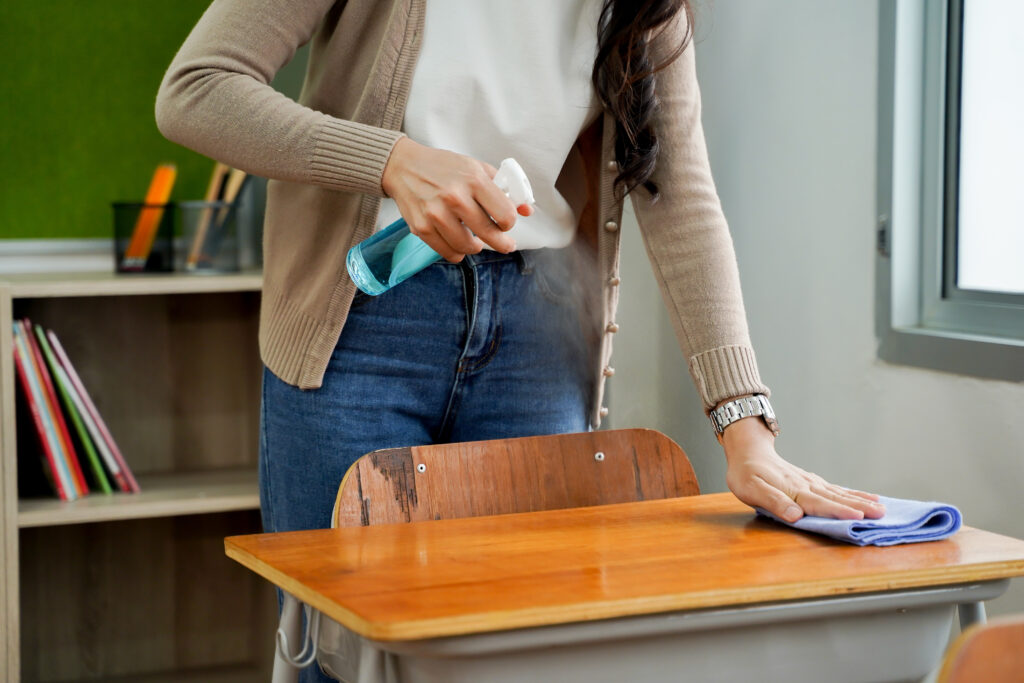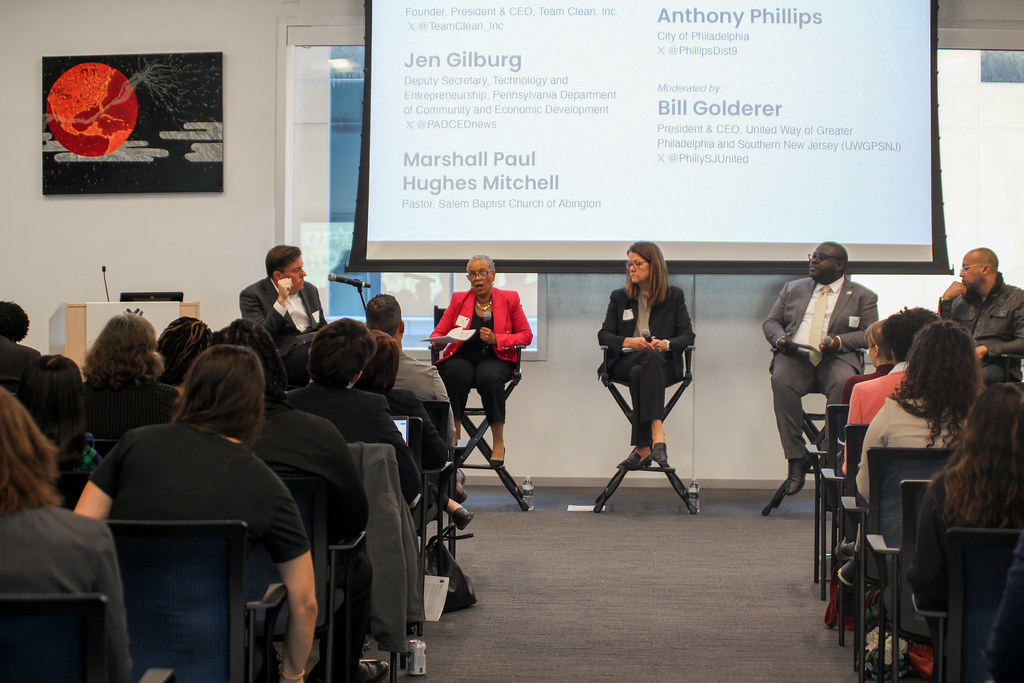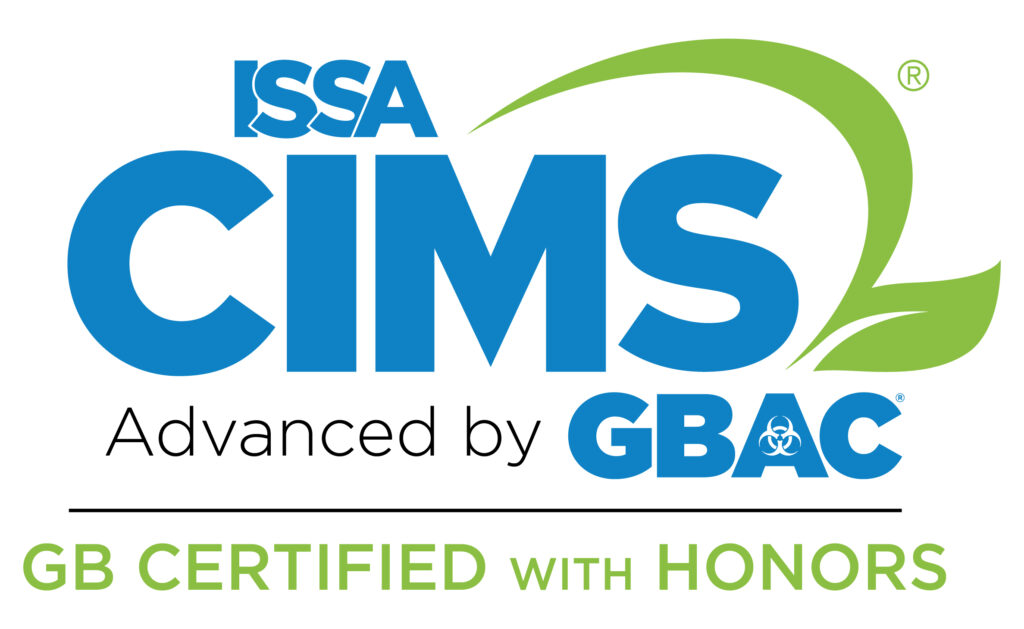In a bid to enhance the health and safety of K-12 schools, the CDC has released updated cleaning guidelines aimed at preventing the spread of infectious diseases such as influenza and norovirus. These guidelines emphasize the importance of maintaining a rigorous cleaning regimen to ensure a safer school environment. Here are the key recommendations:
1. Frequent Cleaning and Disinfection
Schools should prioritize the frequent cleaning and disinfecting of high-touch surfaces. These include:
– Doorknobs and Handles: Common points of contact that should be cleaned multiple times a day.
– Desks and Chairs: Particularly in classrooms where students rotate between periods.
– Computer Keyboards and Mice: Often shared among students and staff.
– Light Switches and Handrails: Frequently touched by many individuals throughout the day.
2. Use of Proper Disinfectants
The CDC advises the use of EPA-approved disinfectants known to be effective against a broad spectrum of viruses and bacteria. It’s crucial to follow the manufacturer’s instructions regarding the concentration, application method, and contact time to ensure maximum efficacy. The use of these disinfectants helps in reducing the likelihood of pathogen transmission on surfaces.
3. Implementing Consistent Cleaning Schedules
Developing and adhering to a consistent cleaning schedule is essential. Schools should focus on:
– High-Traffic Areas: Such as restrooms, cafeterias, and hallways, which require more frequent cleaning due to higher usage.
– Shared Spaces and Equipment: Including gymnasiums, libraries, and playground equipment.
– Daily and Weekly Routines: Establishing daily cleaning of key areas and more in-depth weekly cleaning sessions to cover all surfaces thoroughly.
4. Training and Education
School custodial staff should receive proper training on cleaning protocols and the correct use of disinfectants. Additionally, educating teachers, students, and staff about the importance of cleanliness and hygiene practices helps reinforce the overall health strategy.
5. Monitoring and Evaluation
Regularly monitoring the effectiveness of cleaning practices ensures that the protocols are being followed correctly and are effective. Schools should periodically review and adjust their cleaning strategies based on feedback and the latest public health information.
By following these comprehensive cleaning guidelines, schools can significantly reduce the spread of infections, creating a healthier environment conducive to learning. Ensuring clean and safe school facilities not only protects students and staff but also helps maintain consistent school attendance and overall well-being.
For more detailed information, visit the CDC’s official guidance.






